Table of Contents
Introduction to Gochgaru
Gochgaru (고춧가루), also known as Korean red chili pepper flakes, is the essential spice behind Korea's most iconic dishes. Made from sun-dried red chili peppers ground into a fine powder, it delivers a unique balance of moderate heat, natural sweetness, and subtle smokiness. Unlike generic chili powders, authentic gochgaru is a cornerstone of Korean cuisine with specific culinary applications that cannot be replicated by substitutes.
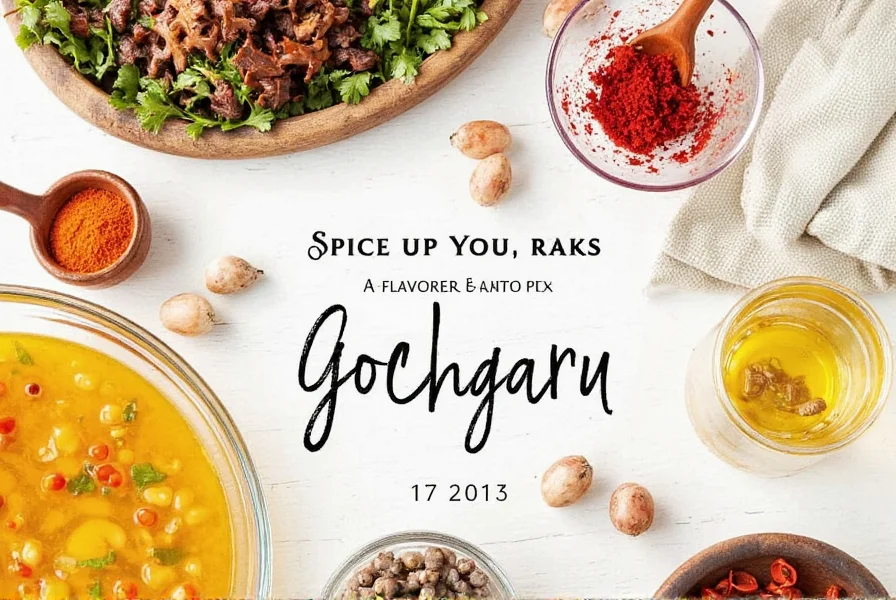
What is Gochgaru?
Gochgaru is produced from specific Korean chili varieties like Hwangkeumcho or Cheongyang peppers. After harvesting, peppers are sun-dried for 7-10 days, then stone-ground to preserve natural oils and vibrant color. Authentic gochgaru contains only chili peppers and minimal salt (typically 0.5-1%), with no additives or fillers. Its distinctive characteristics include:
- Heat level: 3,000-5,000 Scoville Heat Units (SHU)
- Color: Deep crimson red (retains vibrancy when stored properly)
- Texture: Fine to medium grind (coarse for rubs, fine for sauces)
- Flavor profile: Sweet, smoky, with subtle fruitiness
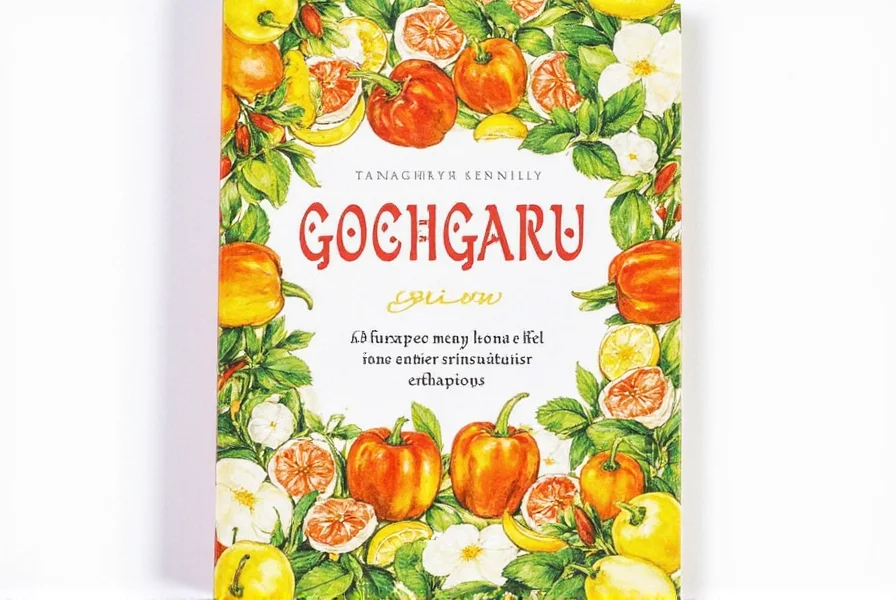
Gochgaru vs. Other Chili Powders
| Chili Powder | Heat Level (SHU) | Flavor Profile | Best Uses |
|---|---|---|---|
| Gochgaru | 3,000-5,000 | Smoky, sweet, slightly tangy | Kimchi, tteokbokki, buldak, Korean stews |
| Cayenne | 30,000-50,000 | Sharp, fiery, one-dimensional heat | Hot sauces, spice blends, Mexican dishes |
| Paprika | 100-1,000 | Mild, sweet, earthy | Spanish paella, Hungarian goulash, seasoning rubs |
| Ancho | 1,000-1,500 | Dried fruit, raisin-like, mild heat | Mole sauces, Mexican stews, adobo |
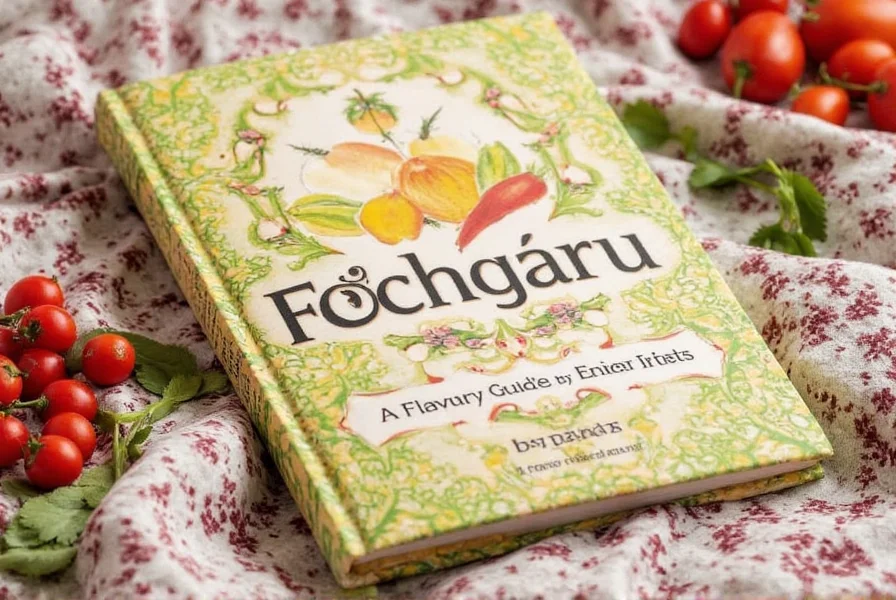
Flavor Profile of Gochgaru
Authentic gochgaru offers a complex flavor profile that sets it apart from other chili powders:
- Sweetness: Natural sugar content from ripe chili peppers creates balanced heat
- Smokiness: Sun-drying process imparts subtle woodsy notes
- Fruitiness: Distinct berry-like undertones from Korean chili varieties
- Umami: Develops deeper savory notes when cooked with fats or fermented ingredients
Quality variations: High-grade gochgaru (made from first-harvest peppers) has brighter red color and sweeter profile, while standard grade may have more heat and earthiness. Always check for "1st grade" or "premium" labeling for best results.

How to Use Gochgaru in Cooking
Proper technique maximizes gochgaru's flavor potential:
- Toast for depth: Dry-toast in a pan for 30 seconds before adding to sauces to enhance smokiness
- Combine with fats: Mix with sesame oil or gochujang for better flavor distribution
- Layer during cooking: Add early for base flavor (stews), later for fresh heat (stir-fries)
- Use with fermentation: Essential for kimchi (10-20% of total weight) and fermented sauces
- Control heat: Start with 1 tsp per 2 cups of liquid, adjust to taste
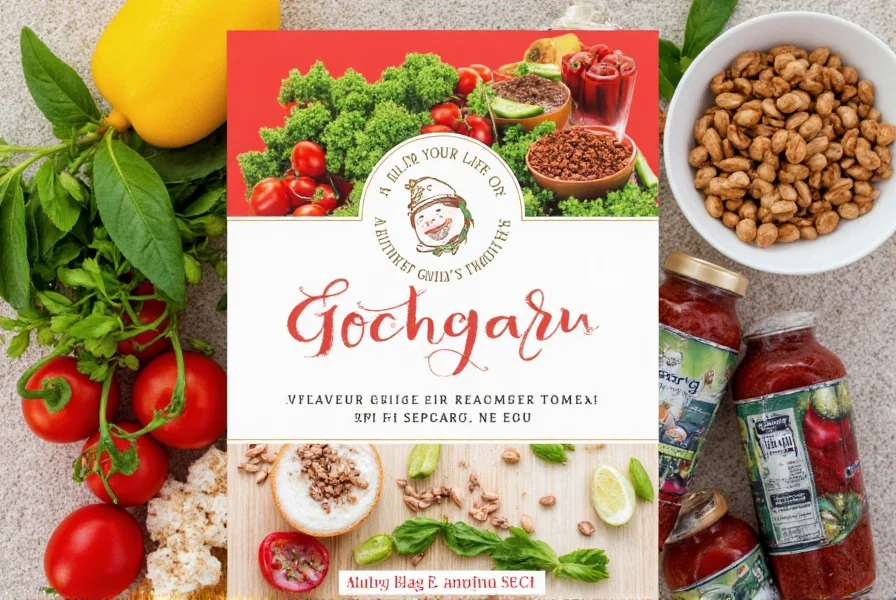
Buying Guide for Gochgaru
Key Quality Indicators
- Origin: Look for "Made in Korea" labels (imported versions often use inferior peppers)
- Color: Deep crimson red (avoid brownish or dull red tones)
- Texture: Fine powder for sauces, coarse for rubs (check grind specification)
- Ingredients: Only "chili peppers" and "salt" (no anti-caking agents or fillers)
- Expiration: Best used within 6 months of grinding for peak flavor
Top Recommendations
- Daesang Premium Gochgaru: 1st grade peppers, perfect for kimchi and sauces (mild heat)
- Chungha Hot Gochgaru: High heat (5,000 SHU), ideal for buldak and spicy stews
- Organic Korean Gochgaru: USDA-certified, best for health-conscious cooks
Where to Buy
- Asian grocery stores (look for Korean brands like Daesang or CJ)
- Online retailers (Amazon, H Mart, YesStyle)
- Specialty spice shops (check for freshness dates)
Frequently Asked Questions (FAQ)
What is gochgaru?
Gochgaru (고춧가루) is Korean red chili pepper flakes made from sun-dried Korean chili peppers. It's the essential ingredient in kimchi, tteokbokki, and gochujang, providing distinctive smoky-sweet heat rather than pure spiciness.
Is gochgaru the same as gochugaru?
Yes. "Gochugaru" is the standard Romanization of 고춧가루, while "gochgaru" is a common alternative spelling. Both refer to the same Korean chili powder.
How spicy is gochgaru?
Typically 3,000-5,000 Scoville Heat Units (SHU), making it milder than cayenne (30,000-50,000 SHU) but hotter than paprika. Its heat is balanced by natural sweetness and smokiness.
What can I use instead of gochgaru?
For authentic flavor, no perfect substitute exists. For emergencies: mix 8 parts sweet paprika + 1 part cayenne. Avoid regular crushed red pepper - it's too hot and lacks gochgaru's signature sweetness.
How should I store gochgaru?
Store in an airtight container in a cool, dark place. For maximum freshness (beyond 3 months), refrigerate or freeze. Proper storage preserves color and flavor for up to 1 year.
Is gochgaru the same as gochujang?
No. Gochujang is a fermented chili paste made with gochgaru, glutinous rice, soybeans, and sugar. Gochgaru is simply dried, ground chili peppers without fermentation.
Why is my gochgaru not as red as in pictures?
Authentic gochgaru loses vibrancy over time. Exposure to light, heat, or air causes color degradation. For brightest color, purchase small quantities and store properly. Some brands add artificial colorants - true quality comes from natural pepper pigments.
Can I make my own gochgaru at home?
Yes. Dry Korean red chili peppers completely (sun-dry for 7-10 days or use dehydrator), then grind to desired texture. Use a high-powered blender for fine powder. Homemade gochgaru may vary in heat and color based on pepper variety and drying conditions.
Recipes to Try with Gochgaru
1. Authentic Kimchi Stir-Fry (Kimchi Bokkeum)
Ingredients: 2 cups kimchi (drained), 2 tbsp gochgaru, 1 tbsp sesame oil, 1 tbsp soy sauce, 1 tbsp sugar, 1 tbsp minced garlic, 1 tbsp minced ginger, 1/2 cup diced pork belly, 1 tbsp gochujang (optional), 2 green onions (chopped), sesame seeds
Instructions:
- Heat sesame oil in a pan over medium-high heat. Add pork belly and cook until crispy (5 minutes).
- Add garlic, ginger, and gochujang (if using). Stir 1 minute until fragrant.
- Add kimchi and stir-fry 3 minutes. Add gochgaru, soy sauce, and sugar.
- Cook 2 more minutes until kimchi is heated through. Garnish with green onions and sesame seeds.
2. Tteokbokki (Spicy Rice Cakes)
Ingredients: 200g rice cakes, 1 cup gochugaru-based sauce (1/2 cup gochgaru, 1/4 cup soy sauce, 2 tbsp sugar, 1 tbsp minced garlic, 1 cup water), 2 hard-boiled eggs, 1/2 cup fish cakes, 1 green onion (chopped)
Instructions:
- Boil rice cakes in water for 2 minutes until soft. Drain.
- Combine gochgaru, soy sauce, sugar, garlic, and water in a pan. Simmer 5 minutes until thickened.
- Add rice cakes, fish cakes, and eggs. Simmer 5 minutes until coated.
- Garnish with green onions. Serve immediately.
3. Gochugaru Noodle Soup (Ssamjang Jjajangmyeon)
Ingredients: 200g ramen noodles, 2 cups beef broth, 1 tbsp gochgaru, 1 tbsp ssamjang, 1 tbsp soy sauce, 1 tbsp minced garlic, 1 tbsp minced ginger, 1 cup sliced mushrooms, 1/2 cup sliced carrots, 1 egg (soft-boiled), 2 green onions
Instructions:
- Boil noodles according to package instructions. Drain and set aside.
- In a pot, combine broth, gochgaru, ssamjang, soy sauce, garlic, and ginger. Simmer 10 minutes.
- Add mushrooms and carrots. Cook 5 minutes until tender.
- Divide noodles into bowls. Pour hot broth over noodles. Top with soft-boiled egg and green onions.
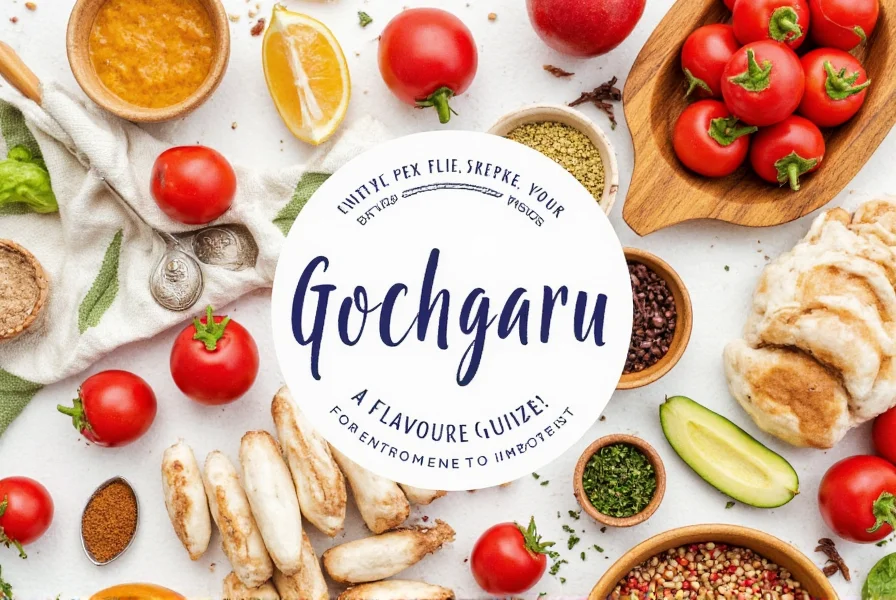
Conclusion
Gochgaru is far more than just a spice - it's the soul of Korean cuisine. Its unique balance of heat, sweetness, and smokiness creates depth in dishes that generic chili powders simply cannot replicate. By understanding its proper usage, storage, and authentic sourcing, you can transform ordinary meals into authentic Korean experiences. Start with simple recipes like kimchi stir-fry, and soon you'll discover why gochgaru is cherished by chefs worldwide.
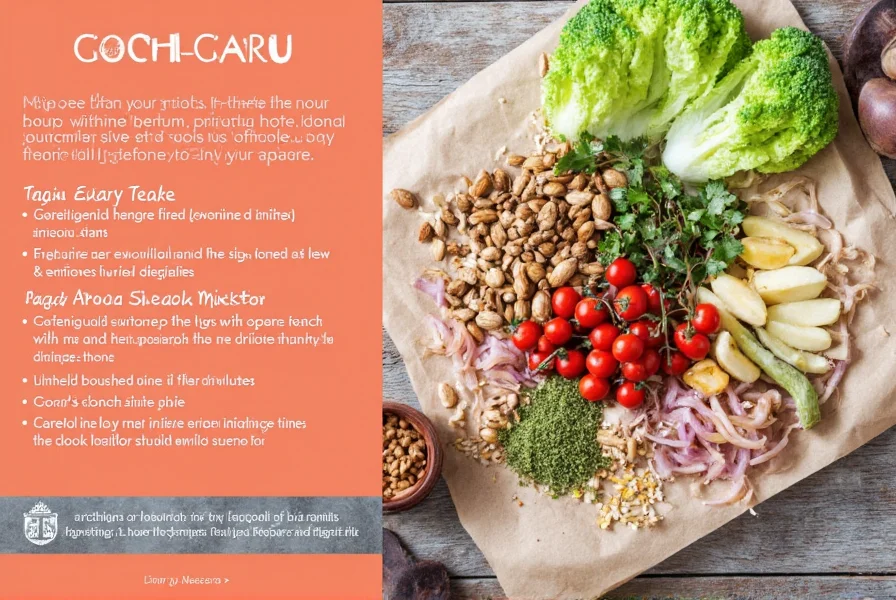

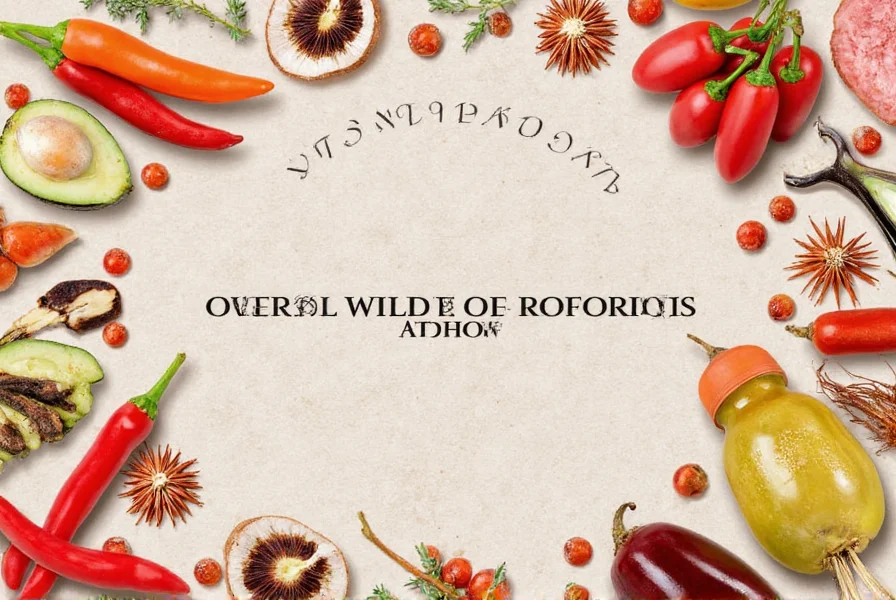









 浙公网安备
33010002000092号
浙公网安备
33010002000092号 浙B2-20120091-4
浙B2-20120091-4